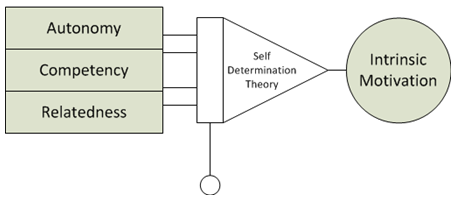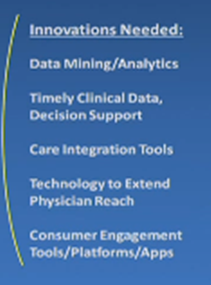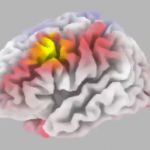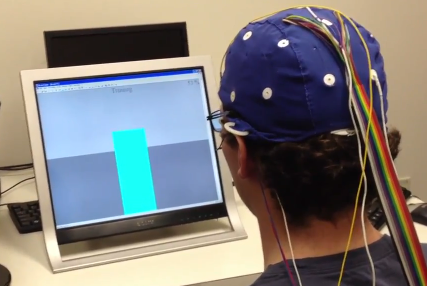Designing for Likeability is Big Business
Friday, September 28th, 2012 Likeable people have more influence and get more offers. Likeable employees sell more products and delivery more satisfying customer service. Likeable leaders and managers are far more effective. It is little wonder that becoming more likeable and creating lovable products and services is big business for designers.
Likeable people have more influence and get more offers. Likeable employees sell more products and delivery more satisfying customer service. Likeable leaders and managers are far more effective. It is little wonder that becoming more likeable and creating lovable products and services is big business for designers.
Likeablility is a bit illusive so I am always on the lookout for positions and studies that make it concrete enough to be useful for cognitive designers. I’ve found six positions strong enough to offer a design framework and have developed two of my own.
For a good introduction I suggest you start with Likeonomics: The Unexpected Truth Behind Earning Trust, Influencing Behavior and Inspiring Action. The book does a good job of clarifying the link between being liked and economic value creation in business and stressing that being likeable is not about being nice. It also explains how likeability is driven by truth, relevance, unselfishness, simplicity and timing. Each of these general principles is further analyzed. For example, being relevant (get people care) is broken down into having a meaning point of view, active listening and working the surrounding context.
I am interested to hear from readers that have worked on likeability applications. What was the challenge? How did you define and operationalize likeability?
Source of image: The True Storyof the Making of Likeonomics







